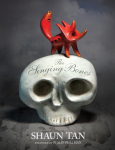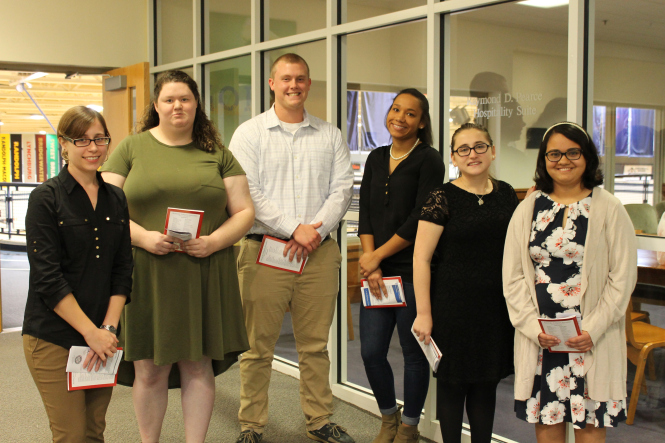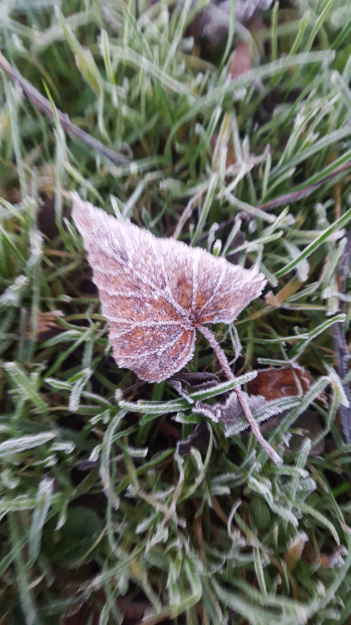Below are my thoughts on two of my July picks, a couple of movies I saw over the summer, and a bonus book for any middle grade readers you know.
 The Singing Bones
The Singing Bones
I loved this because it was different. The fairy tales in this book are 3D retellings, specifically sculptures — beautiful, wonderful, evocative, imaginative, interesting sculptures. There are seventy-five of them in all, each made from papier-mache, clay, and/or wax. The colors are as deceptively simple as the forms — black-as-pitch shoe polish, bright red acrylic, shiny golds, and muted earth tones. Each sculpture is paired with an excerpt from a fairy tale.
There’s a forward by Neil Gaiman, an essay by fairy tale scholar Jack Zipes, an afterward by the artist, and an annotated index, which includes a brief summary of each fairy tale. More than a few times, I found myself flipping to the back of the book to read more about the stories that inspired the sculptures. I tried, unsuccessfully, to figure out how the artist decided the order of the sculptures and accompanying excerpts. (If you’re familiar with the book, please let me know in the comments.) My favorite sculpture was Rapunzel (Rapunzel was the tower), but the collection as a whole is the real masterpiece.
Who would I recommend this book to? Anyone interested in art, especially sculpting, and/or fairy tales. At $24.99, the book’s retail price is steep. If you want to read it but are worried about the cost, see if your local library has it. Mine does!
Bitter GreensNo one can tell a story without transforming it in some way; it is part of the magic of storytelling.” —Kate Forsyth
 This book was terrific and part of the reason I took so long to post my thoughts on it was that I wanted to write something better about it. But I ran out of time. Better to share my jumbled notes than nothing at all.
This book was terrific and part of the reason I took so long to post my thoughts on it was that I wanted to write something better about it. But I ran out of time. Better to share my jumbled notes than nothing at all.
~
The author builds her story around the inquisition, the plague, religious freedom, women’s rights, torture, murder, rape… and yet, the entire book isn’t weighty. Whole sections are devoted to fashion and court life and the fairy tale retelling is written simply at times, especially the dialog. But it’s obviously intentional and it works. Late in the book, another minor character seems to be a stand in for the author herself when she describes how the character weaves her web of words: “It was a vivid tale, filled with reversals and unexpected twists and Henriette-Julie told it with all the drama and simplicity of a good storyteller.”
A great lesson in how to make a good villain. It’s not enough to give the villain as much if not more strength than the heroine. It’s not enough to give the villain a good, or even great, motive. The best villains are people who have the potential to be heroines.
“Three women searching for freedom and love”… is the author testing the theory that a woman can’t have both at the same time?
Wonderfully written. I couldn’t have done it, but if I had, I probably would have left the ending ambiguous.
Would love to see this adapted by BBC or whoever adapted The Pillars of the Earth and World Without End.
Lots of new vocab words!





